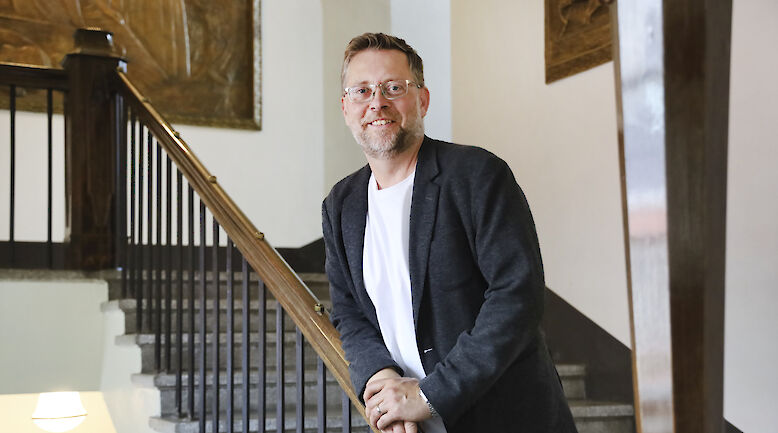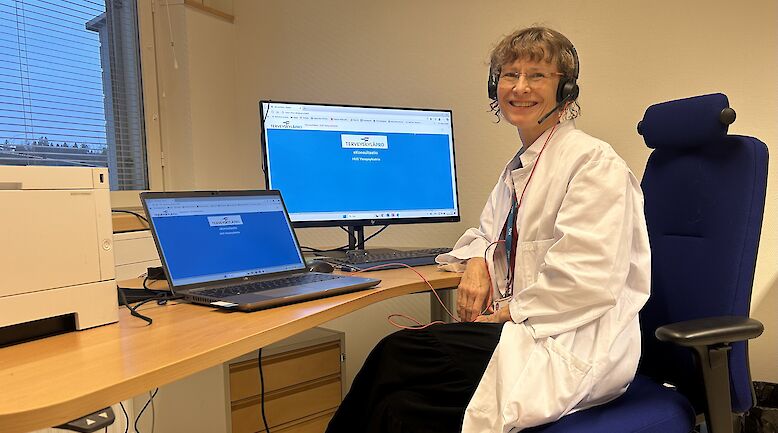English summary: FINNISH GENERATIONS AND ALEXITHYMIA

Background There have been few earlier population studies on alexithymia. The association between alexithymia and age especially has not been comprehensively studied. Our aim was therefore to study this association. We placed special emphasis on linking our results to the Finnish sociological generation theory developed by J.P. Roos. According to this theory, four Finnish generations can be identified from the beginning of the 20th century, their years of birth being 1900-1925, 1926-1939, 1940-1950 and 1951-1970.
Methods Our study was a part of the Health 2000 Survey. The sample comprised those 5 454 individuals (67.9% of the initial sample of 8 028 subjects) who completed the 20-item Toronto Alexithymia Scale. The association between alexithymia and age according to the four sociologically identified generations was studied using a logistic regression analysis with socio-demographic and health-related variables as confounders.
Results Our main finding was a significant association between alexithymia and the older generations. In the multivariate analysis alexithymia was also associated with male gender, lower level of education, previously diagnosed psychiatric disorder, perceived health and depression.
Conclusions Alexithymia is common in the older Finnish generations. It is important to recognise alexithymia as it may adversely affect the patient-doctor relationship and the ways in which the patients perceive their health. An important topic for further research is to investigate whether the prevalence of alexithymia is decreasing in our country, which is the hypothesis we put forward.












